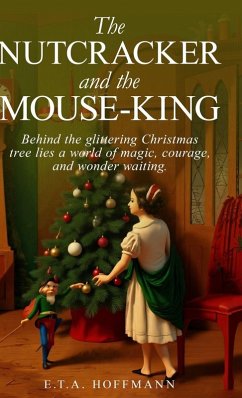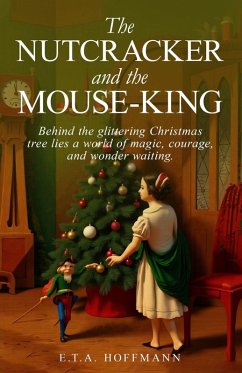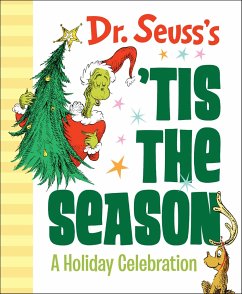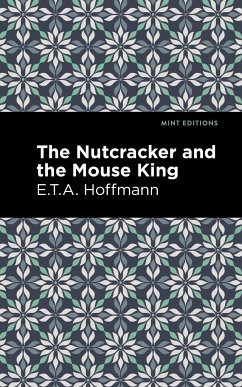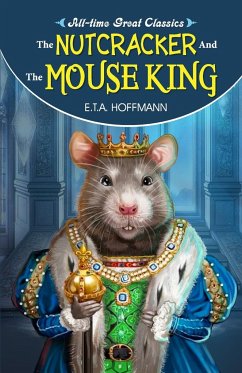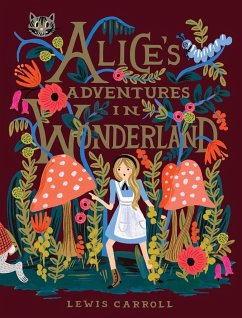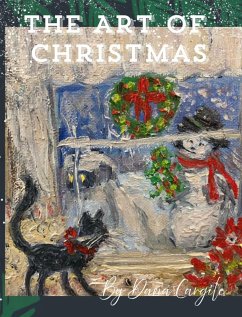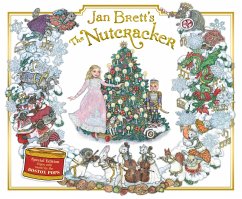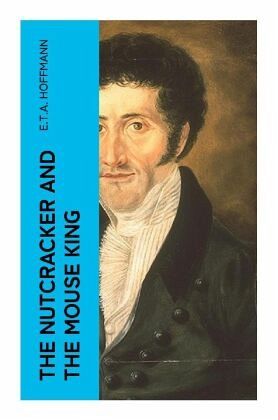
The Nutcracker and the Mouse King
Must Read Classics
Versandkostenfrei!
Versandfertig in 6-10 Tagen
8,30 €
inkl. MwSt.

PAYBACK Punkte
0 °P sammeln!
E.T.A. Hoffmann's "The Nutcracker and the Mouse King" is a fantastical tale that intertwines the realms of childhood innocence with the complexities of adult life, set against a lush backdrop of whimsical characters and rich symbolism. Written in 1816, the novella reflects Hoffmann's signature blend of Gothic elements and romanticism, employing vivid imagery and a narrative style that resonates with both the sublime and the grotesque. The story captures an enchanting Christmas Eve where young Clara's dreams manifest into an adventure involving a bewitched Nutcracker and an evil Mouse King, ult...
E.T.A. Hoffmann's "The Nutcracker and the Mouse King" is a fantastical tale that intertwines the realms of childhood innocence with the complexities of adult life, set against a lush backdrop of whimsical characters and rich symbolism. Written in 1816, the novella reflects Hoffmann's signature blend of Gothic elements and romanticism, employing vivid imagery and a narrative style that resonates with both the sublime and the grotesque. The story captures an enchanting Christmas Eve where young Clara's dreams manifest into an adventure involving a bewitched Nutcracker and an evil Mouse King, ultimately exploring themes of imagination, courage, and the transitional space between reality and fantasy. E.T.A. Hoffmann, a pivotal figure in the German Romantic movement, was influenced by his background in law, music, and visual arts, often using these diverse experiences to inform his writing. His fascination with the supernatural, along with his own personal struggles, colors the narrative of "The Nutcracker and the Mouse King," allowing readers to glimpse the complexities of human emotion woven into the fairy tale format. Hoffmann's works often reflect the dualities of joy and despair, mirroring his tumultuous life and the early 19th-century societal shifts. This timeless narrative is a must-read for anyone intrigued by the interplay between fantasy and reality or the psychological dimensions of fairy tales. Hoffmann's masterful storytelling invites readers of all ages to immerse themselves in a world where the extraordinary becomes possible. Whether you are revisiting a childhood favorite or encountering this classic for the first time, "The Nutcracker and the Mouse King" is sure to resonate and captivate the imagination.



![Children's Holiday Collection Boxed Set (A Christmas Carol, The Life and Adventures of Santa Claus, Nutcracker and the Mouse King) Set of 3 Books [Paperback] Cover Children's Holiday Collection Boxed Set (A Christmas Carol, The Life and Adventures of Santa Claus, Nutcracker and the Mouse King) Set of 3 Books [Paperback]](https://bilder.buecher.de/produkte/73/73530/73530970n.jpg)

